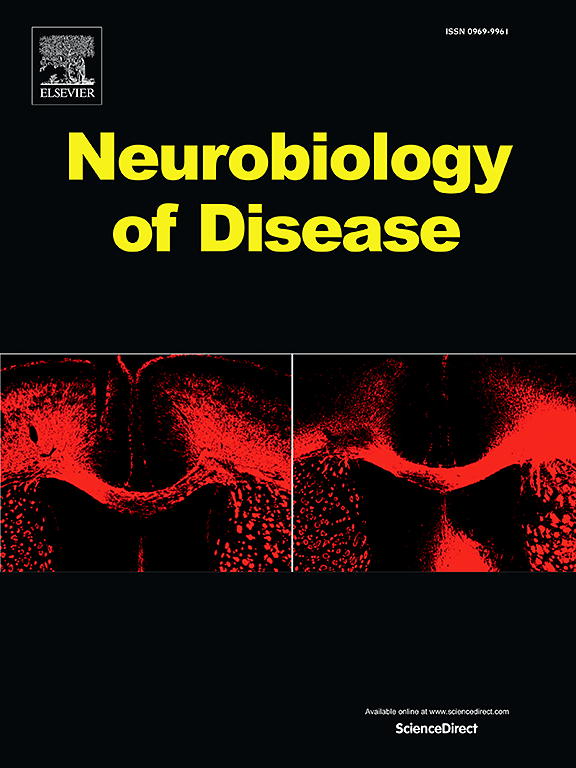Impairment in the homeostatic recruitment of layer 5/6 neurons following whisker stimulation in Fmr1 KO mice
IF 5.1
2区 医学
Q1 NEUROSCIENCES
引用次数: 0
Abstract
Mouse models of Fragile X Syndrome (FXS) have demonstrated impairments in sensory-evoked neuronal firing of excitatory and inhibitory neurons. Homeostatic plasticity does not compensate for these changes in activity. Previous work has shown that impairments in homeostatic plasticity mechanisms are observed in FXS, including deficits in synaptic scaling and intrinsic excitability. Here, we aimed to examine how sensory integration changes in vivo following a homeostatic perturbation, unilateral whisker deprivation (WD), in an Fmr1 knock out (KO) mouse model. We used multi-electrode array recordings of neurons in the lightly anesthetized juvenile mouse somatosensory cortex, and found that whisker-evoked responses in layer 5/6 (L5/6) excitatory neurons were weaker in the KO compared to the wild-type (WT). We show that WD in the WT leads to a compensatory increase in the proportion of L5/6 somatosensory neurons that were recruited following whisker stimulation, but this did not occur in the KO. On the other hand, certain compensatory responses were observed in the KO following WD; the firing rate of the whisker-responsive neurons was increased following both a 2- and 7-day WD. Similar to excitatory neurons, we observed increased recruitment of fast spiking (presumed inhibitory) neurons following WD in the WT, but not KO. Our results suggest that certain homeostatic mechanisms are impaired in the KO, while others appear to remain intact. Compromised homeostatic plasticity in development could influence adult sensory processing and long-term cortical organization.

求助全文
约1分钟内获得全文
求助全文
来源期刊

Neurobiology of Disease
医学-神经科学
CiteScore
11.20
自引率
3.30%
发文量
270
审稿时长
76 days
期刊介绍:
Neurobiology of Disease is a major international journal at the interface between basic and clinical neuroscience. The journal provides a forum for the publication of top quality research papers on: molecular and cellular definitions of disease mechanisms, the neural systems and underpinning behavioral disorders, the genetics of inherited neurological and psychiatric diseases, nervous system aging, and findings relevant to the development of new therapies.
 求助内容:
求助内容: 应助结果提醒方式:
应助结果提醒方式:


